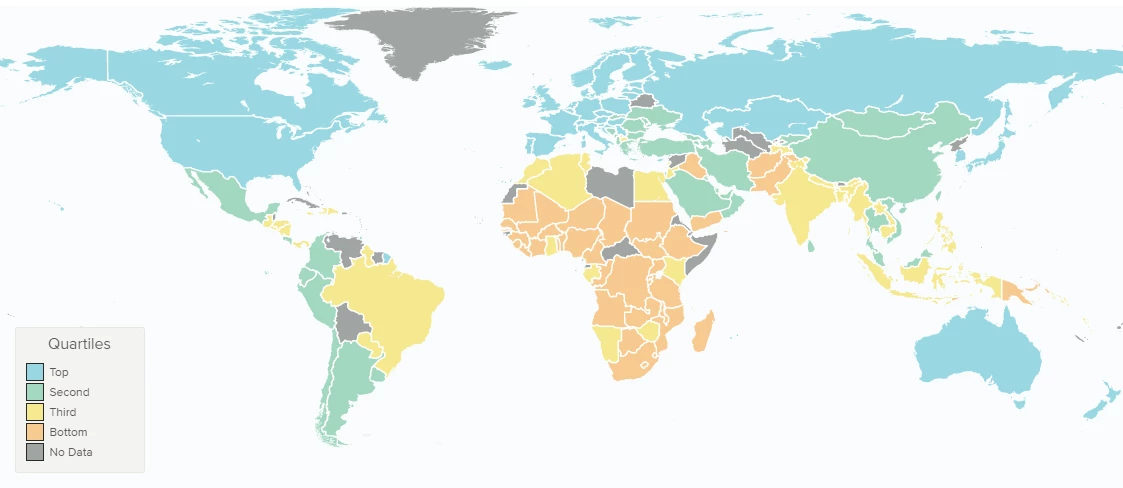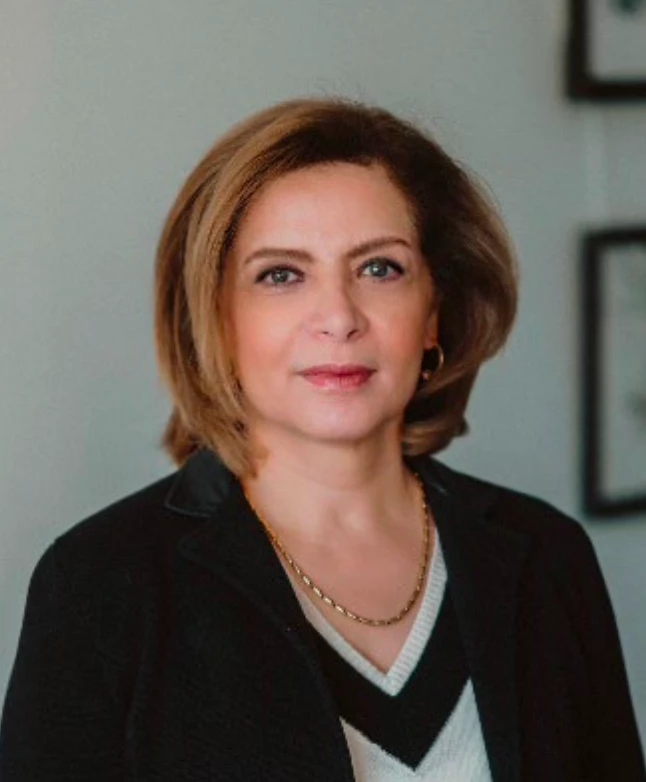The Human Capital Project (HCP) is predicated on the conviction that cognitive capital is critical in a world where entrepreneurial and socioemotional skills are required for productive employment. Countries will only build human capital if children survive, are nourished and stimulated, learn skills and live long productive healthy lives. The Human Capital Index (HCI), launched in October 2018 aims to capture these facets for 157 countries where data is available and where efforts are underway to both refine the index, as well as increase the number of participating countries.
Since its launch, 63 countries have signed up as HCP countries as of July 1, 2019. At the onset, it is important to note that about half them are middle-income countries (MICs), many in Europe and Central Asia (ECA), and face different issues than low income countries, which are more likely to lack basic education and health services. Investing in the people of the region through better education, health, and social safety nets matter for greater equity and growth - and strengthens the foundation for them to become more competitive as the nature of work changes due to technology.
Middle-income countries in ECA and beyond face specific challenges
In most ECA countries - child survival and nutrition are high, literacy is also quite high but lower that what could be expected given the projected years of schooling. However, there is high levels of variation between countries and within countries, particularly in skills. Life expectancy has barely grown in the last three decades, and men are expected to live considerably shorter lives than women. Their overall human capital challenges remain considerable.
These challenges are not limited to ECA countries. While some Latin American countries have achieved important human capital advances, a relative higher number of children remain stunted and fail to acquire basic skills. Non-communicable diseases (NCDs), including obesity, threaten to reverse life expectancy gains, just as NCDs, suicide and the opioid crisis have halted life expectancy gains in much of the US. Finally, aging societies across the world are facing several challenges that affects their human capital and productivity including healthy aging, integrated care and so forth. In some countries, many students tested are unable to understand a short story, meaning they could struggle to learn the skills to function in the modern workplace.
In other countries, the number of years that students attend school may not match what could be expected in terms of their learning outcomes and provides opportunities to improve. For instance, while children in Georgia attend 12 years of school on average by the time that they are 18, what they learn is equivalent to about 9 years of instruction under the learning-adjusted years of schooling measurement - a new indicator that compares years spent in schools against educational assessment outcomes. These point to the importance of efficiency and distribution of services, in this case education, that are affecting their human capital.
Moreover, most education systems in middle-income-countries (MICs) are still preparing students for industrial jobs, which will decrease in number as technology is changing the nature of work. Instead, we need 21st century skills and motivated self-learners who can absorb social skills and socioemotional learning, integrated with technology.
How we’re working to build Human Capital in Europe and Central Asia
HCP has energized the discussion about Human Capital across the world. Countries like Poland are looking to ‘mainstream’ budgeting for human capital across ministries, and Uzbekistan has committed to join a major international educational assessment -PISA - in 2020. We are also working on refining and improving the Human Capital Index to include more countries, use data from a wider variety of sounds sources, and provide subnational data so we can better assess where the needs within countries are the greatest.
In other countries, whole-of-government approaches are underway to take Human Capital issues forward. In Georgia, discussions with government counterparts identified several priorities with the World Bank Board recently approving the Innovation, Inclusion, and Quality project, which will support the development of human capital through greater access to preschool education, higher quality education, and improved learning environments. Ukraine has also recognized HCP as a priority and the Prime Minister has called for government agencies to operationalize human capital into their priority action plan for 2020. We’ve also engaged with youth communities across the five Central Asia countries, reaching out to university students in Kazakhstan, Kyrgyzstan, Tajikistan, Turkmenistan, and Uzbekistan, as the new generation will shape their countries’ future.
We look forward to accelerating our engagement with ECA countries and are glad that they are a part of the HCP, making it a truly global project where everyone can aspire to get closer to realizing the full potential of their people. The HCP will help bring innovative ideas and practices from around the world to create a future where each person can have the health, education, and support to achieve their potential.




Join the Conversation